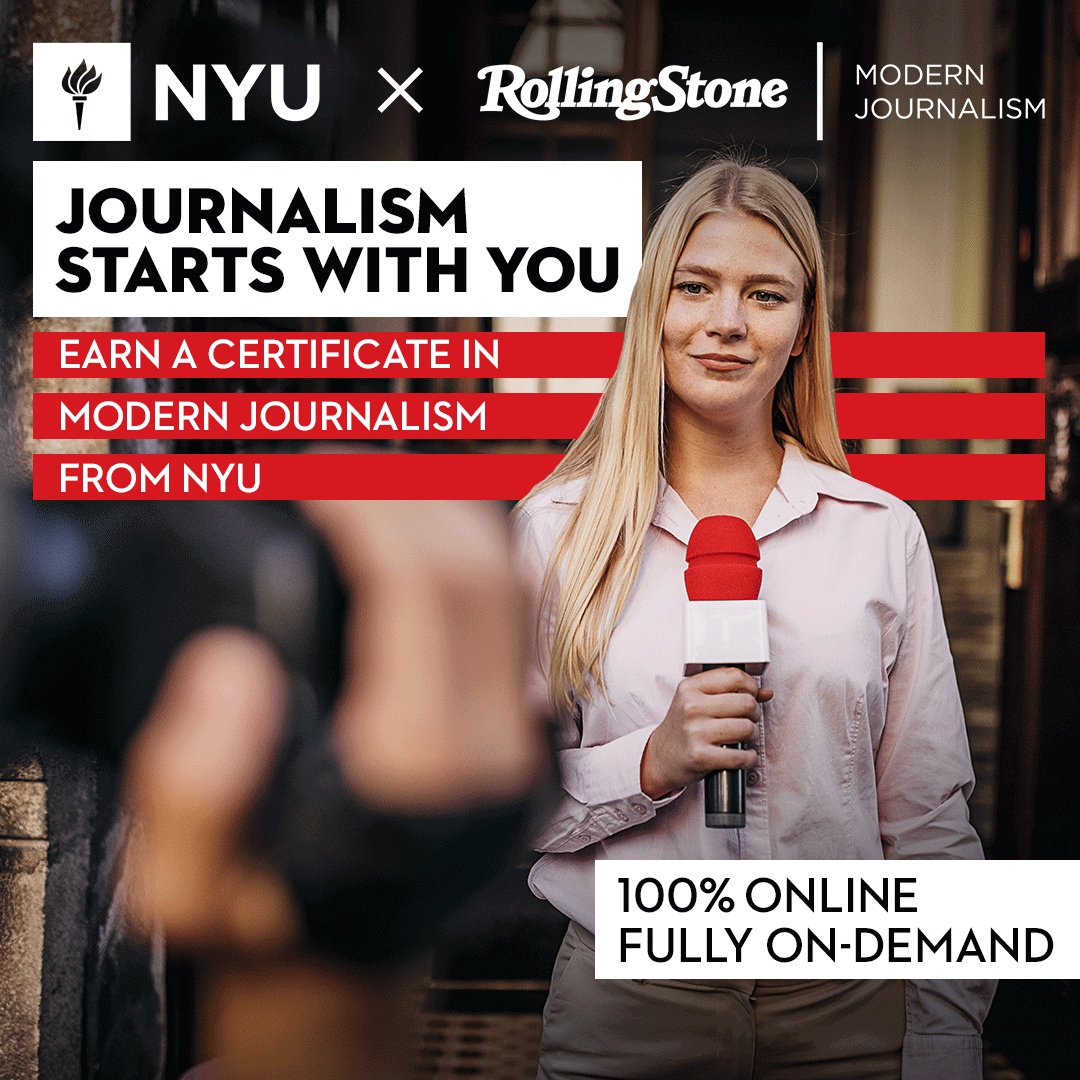Multimedia storytelling has become a cornerstone of modern communication, allowing content creators to engage audiences through a combination of text, images, audio, video, and interactive elements. In today’s digital age, mastering the art of multimedia storytelling is essential for journalists, marketers, content creators, and anyone looking to convey compelling narratives across various platforms.
Engaging Diverse Audiences
One of the key aspects of multimedia storytelling is its ability to cater to diverse audience preferences. By incorporating different media formats, storytellers can capture the attention of visual learners, auditory learners, and those who prefer interactive experiences. This versatility enables content creators to reach a wider audience and deliver messages in engaging and impactful ways.
The Power of Visuals
Visual elements such as images, infographics, videos, and animations play a crucial role in enhancing the storytelling experience. Visual content can evoke emotions, provide context, and simplify complex information for better understanding. When combined with written narratives, visual elements create a multi-dimensional storytelling experience that resonates with audiences on a deeper level.
Enriching Stories with Audio
Incorporating audio elements, such as podcasts, interviews, soundscapes, and music, can further enrich multimedia storytelling. Audio content adds a layer of depth and authenticity to narratives, allowing audiences to connect with stories on a more personal level. By leveraging the power of sound, storytellers can evoke emotions, set the mood, and create immersive storytelling experiences.
Interactive Storytelling
Interactive features, including quizzes, polls, interactive maps, and virtual reality experiences, offer audiences a dynamic and engaging way to interact with content. Interactive storytelling not only captivates audiences but also empowers them to explore narratives at their own pace and participate in the storytelling process. This level of engagement fosters a sense of connection and interactivity that traditional forms of storytelling may lack.
Crafting Cohesive Multimedia Stories
Multimedia storytelling is not only about the variety of media used but also about the seamless integration of different elements to create a cohesive narrative. A well-crafted multimedia story should have a clear structure, flow, and pacing that guide audiences through the storytelling journey. By strategically combining text, visuals, audio, and interactive components, storytellers can craft compelling narratives that leave a lasting impact on their audience.
Applications of Multimedia Storytelling
From news articles and feature stories to marketing campaigns and brand storytelling, multimedia storytelling is a versatile tool that can be applied across various industries and platforms. Whether you are a journalist reporting on breaking news, a marketer promoting a product, or a content creator sharing personal stories, mastering the art of multimedia storytelling can elevate your storytelling skills and enhance your ability to connect with audiences.
Conclusion
Multimedia storytelling is a powerful and essential tool in today’s digital landscape. By blending text, visuals, audio, and interactive elements, storytellers can create rich, engaging narratives that resonate with diverse audiences. Whether used in journalism, marketing, or personal content creation, mastering this craft allows for deeper connections, greater impact, and more memorable storytelling experiences.
Key Takeaways:
- Multimedia storytelling enhances audience engagement and caters to diverse preferences.
- Visual, audio, and interactive elements enrich storytelling experiences.
- Seamless integration of media formats creates compelling and impactful narratives.
- Explore career opportunities in multimedia storytelling for professional growth.
Consider enrolling in Yellowbrick’s NYU | Modern Journalism online course for advanced multimedia storytelling skills.







